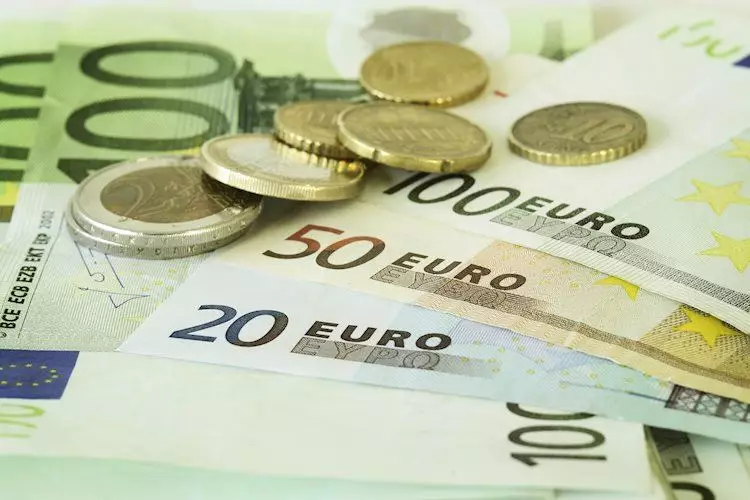As the trading day begins in Europe, the EUR/USD currency pair is exhibiting mild decreases, hovering around the 1.0935 mark. The factors influencing this trend are largely rooted in recent developments regarding inflation in the United States and impending actions from the European Central Bank (ECB). The recent reporting from the US has indicated a warmer inflation reading, urging financial analysts to reconsider their projections for future interest rate alterations by the Federal Reserve (Fed).
The relationship between inflation rates and currency strength is crucial; a strong inflation report typically suggests that the central bank might take a less aggressive stance on interest rate cuts. Hence, the current market sentiment around the EUR/USD reflects cautious optimism for the US Dollar (USD) while placing the Euro (EUR) under some pressure.
The pivotal role played by the US inflation data, particularly the Consumer Price Index (CPI), cannot be overstated. This data, which recently came in above expectations, indicates a resilient economy that may see gradual shifts in monetary policy rather than abrupt changes. The likelihood of the Fed maintaining a conservative approach towards interest rate cuts has recently been bolstered, with the CME FedWatch Tool revealing an impressive 83.3% chance of a 25 basis points rate trim happening in November.
Moreover, the jobs report released in September serves as a complementary indicator, suggesting a stable job market that aligns with Fed policymakers’ views of taking measured steps rather than drastic alterations. As traders await further insights from upcoming data, including the Producer Price Index (PPI), they will closely monitor indicators that could signify a deviation from the current growth trajectory.
Examining the European side of the equation, the ECB appears poised to respond to the ongoing economic slowdown by potentially lowering its deposit rate to 3.5% in the upcoming week. With over 90% of economists forecasting a rate cut, the market anticipates a shift that could deepen the selling pressure on the Euro. Historically, expectations of reduced interest rates lead to diminished currency strength since lower rates typically decrease the asset’s desirability among international investors.
Inflation measurements within the Eurozone, particularly the Harmonized Index of Consumer Prices (HICP) data emerging from Germany, are critical as well. Predicted to hold steady at 1.8% YoY, this figure provides a crucial backdrop for the ECB’s upcoming decisions, especially given the central bank’s ongoing commitment to controlling inflation while fostering economic growth.
The Euro serves as the official currency for 19 member nations within the Eurozone, accounting for a significant percentage of global trade. Current dynamics illustrates that the Euro is consistently the second most traded currency following the USD. In fact, as of last year, it represented around 31% of all forex transactions, underscoring its importance in international economic landscapes.
It’s essential to recognize that movements in the EUR/USD pair do not merely reflect direct changes in either currency in isolation but rather a response to broader economic sentiments, geopolitical factors, and the relative performance of both economies. For instance, strong economic data from major Eurozone countries like Germany and France can bolster the Euro, while persistent weakness in these economies could trigger a depreciation in the currency’s value.
Going forward, the trajectory for the EUR/USD pairing hinges on several factors including domestic economic performance data, economic indicators like GDP growth rates, manufacturing data, and consumer sentiment surveys. All these components play into the overarching tapestry of market expectations, influencing how businesses and investors position themselves in the currency markets.
As traders navigate the complexities of the EUR/USD pair, they must remain vigilant to the evolving narratives surrounding inflation in the US and Europe’s monetary policy. The robustness or vulnerability of the Euro against the USD will undoubtedly be shaped by these intricate interplays of economic indicators, with market participants closely evaluating positioning as they brace for potential volatility ahead. As both central banks maneuver through a challenging economic landscape, the forex markets will continue to reflect these subtle shifts and their implications on currency valuation.

